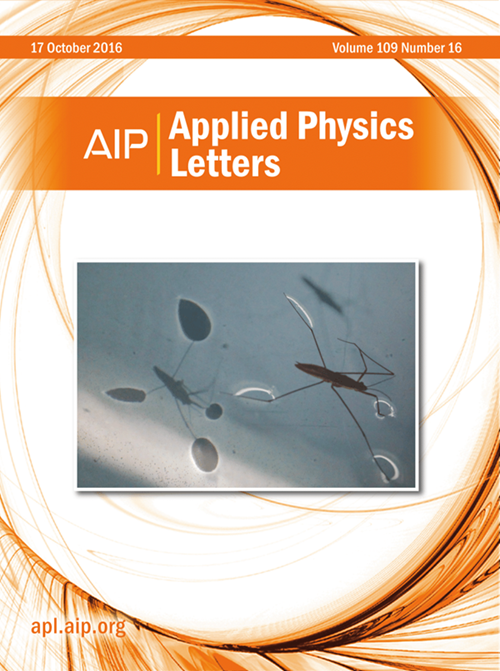掺杂铽元素的烧结钕铁硼磁体的核壳结构和反核壳结构的形成机制和退磁过程差异研究
IF 3.5
2区 物理与天体物理
Q2 PHYSICS, APPLIED
引用次数: 0
摘要
本文章由计算机程序翻译,如有差异,请以英文原文为准。
Study on the difference in formation mechanism and demagnetization process between core–shell and reverse core–shell structures of sintered Nd-Fe-B magnets diffused with Tb
During the grain boundary diffusion (GBD) of Tb, the core–shell and reverse core–shell structures are the two main microstructures influencing the magnetic properties of the sintered Nd-Fe-B magnets. These two microstructures are all composed of the (Nd, Tb)2Fe14B phase, but the formation mechanisms are different. The difference in formation mechanism of the core–shell and reverse core–shell structures was studied by quenching the magnets at different temperatures and holding times. The (Nd, Tb)2Fe14B shell of the core–shell structure is the precondition for forming the reverse core–shell structure. The triple-junction phases (TJPs) area change proves that the Nd elements diffuse from the TJPs to the surface of the (Nd, Tb)2Fe14B shell to form the Tb-poor shell in the reverse core–shell structure and the Gaussian distribution of Tb in the shell of the core–shell structure. In addition, the difference in the Tb content distribution leads to different demagnetization processes, resulting in the opposite effect of these two microstructures on the coercivity. The GBD aims to increase the entire coercivity by enhancing the surface anisotropy field (HA), such as the Tb-rich shell for the grains and the Tb-rich surface (∼200 μm) for the magnets. Therefore, for the reverse core–shell structure forming in the surface of the magnets, the surface with a low HA decreases the coercivity of the grains, reducing the coercivity of the magnets.
求助全文
通过发布文献求助,成功后即可免费获取论文全文。
去求助
来源期刊

Applied Physics Letters
物理-物理:应用
CiteScore
6.40
自引率
10.00%
发文量
1821
审稿时长
1.6 months
期刊介绍:
Applied Physics Letters (APL) features concise, up-to-date reports on significant new findings in applied physics. Emphasizing rapid dissemination of key data and new physical insights, APL offers prompt publication of new experimental and theoretical papers reporting applications of physics phenomena to all branches of science, engineering, and modern technology.
In addition to regular articles, the journal also publishes invited Fast Track, Perspectives, and in-depth Editorials which report on cutting-edge areas in applied physics.
APL Perspectives are forward-looking invited letters which highlight recent developments or discoveries. Emphasis is placed on very recent developments, potentially disruptive technologies, open questions and possible solutions. They also include a mini-roadmap detailing where the community should direct efforts in order for the phenomena to be viable for application and the challenges associated with meeting that performance threshold. Perspectives are characterized by personal viewpoints and opinions of recognized experts in the field.
Fast Track articles are invited original research articles that report results that are particularly novel and important or provide a significant advancement in an emerging field. Because of the urgency and scientific importance of the work, the peer review process is accelerated. If, during the review process, it becomes apparent that the paper does not meet the Fast Track criterion, it is returned to a normal track.
 求助内容:
求助内容: 应助结果提醒方式:
应助结果提醒方式:


